Beer malt is any grain that has gone through the malting process. It is one of the four main ingredients in beer production. We produce malt from various cereals, but barley and wheat malt are the most commonly used in brewing.
There are loads of different malts, but they all fit into two groups: base and special malts. We primarily use base malt for obtaining extracts, like carbohydrates that convert into alcohol during production. Besides that, base malt contributes to the organoleptic properties of the beer itself. Special malts play a significant role in characterizing the color, malty taste of beer, mouthfeel, flavors, and intensifying foam.
There are plenty of these special malts, varying between:
1) Mild caramels that give the beer a biscuit and toast flavor,
2) Darker caramels with a distinguishable taste of dark caramel and melted sugar,
3) Roasted malt and barley with the coffee aroma and notes reminiscent of cocoa and chocolate.
GET YOURSELF FAMILIAR WITH MASHING
Malts mix with water after crushing in mills in a process called mashing. Mashing is happening at the start of the brewing process. It starts with crushed grains mixed with water to form a porridge-like mixture, better known as the mash.
Depending on the temperature and with the help of malt enzymes, the biochemical breakdown reactions required to get the final product are about to happen. After the mashing is complete, it’s time to rinse off the malt in a lauter tun with water.
The liquid, separated from the mash, is now called wort. Solid matter from mash (spent grains) is removed and is often used in animal feeding, as an additive to products intended for human consumption, raw materials in biotechnology, raw materials for energy production, coal, paper, construction materials.
If you ever think of wort, think in terms of sugary, grain-flavored water. What’s next?
After the boiling process come to finish, the wort transfers to the fermentor. Here the wort is pitched with yeast.
Everything is now ready for the fermentation to begin!
Soon enough, we are left with new tasty beer!
Cheers!


